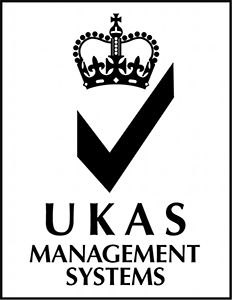Anti-Mullerian hormone (AMH)
Code:
AMH
Sample Type:
Serum or plasma in standard or gel tubes (yellow or green top)
Ref Ranges/Units:
<1.2 Severely reduced
1.2-6 Reduced
6.1-24 Normal
24.1 – 70 High ovarian response, likely PCO
> 70 Severe PCO, high risk of hyper stimulation
These ranges were derived from a previous referral lab
Units = pmol/L
Turnaround:
7 days

Special Precautions/Comments:
None
Additional Information:
The anti‑Müllerian hormone is a homodimeric glycoprotein belonging to the transforming growth factor β (TGF β) family. All members of this superfamily are involved in the regulation of tissue growth and differentiation.
In males, AMH is secreted by the Sertoli cells of the testes. During embryonic development in males, secretion of AMH from testicular Sertoli cells is responsible for the regression of the Müllerian duct and the normal development of the male reproductive tract. he secretion of AMH by the Sertoli cells starts during the embryogenesis and continues throughout life. AMH is continuously produced by the testicles until puberty and then decreases slowly to post-puberty values.
In females AMH plays an important role in the ovarian folliculogenesis. Serum levels of AMH are barely detectable at birth in females, reach their highest levels after puberty, decrease progressively thereafter with age, and become undetectable at menopause.
Measurement of serum AMH is clinically used for assessment of ovarian reserve reflecting the number of antral and pre-antral follicles, the so-called antral follicle count (AFC), for the prediction of response to controlled ovarian stimulation.
Further clinical applications of AMH are aid in the diagnosis of Differences of Sex Development (DSD) in children and monitoring of granulosa cell tumours to detect residual or recurrent disease.


